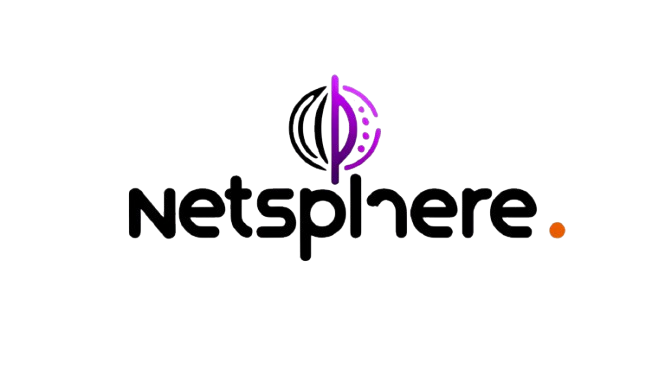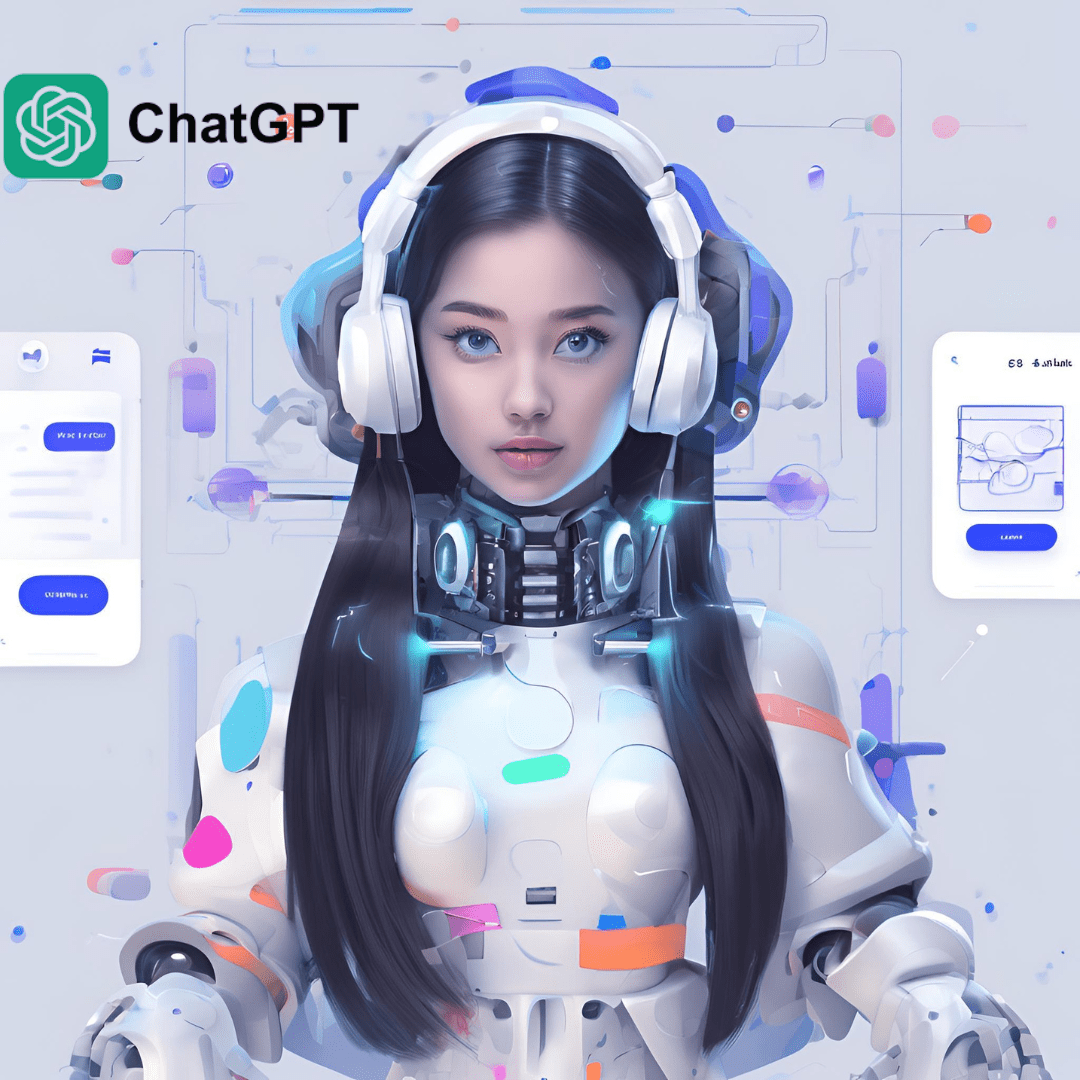Artificial intelligence is revolutionizing fields that, until recently, were thought to be purely human domains. Artistic creation, once considered a gift reserved for painters, musicians, and poets, is now being shared with sophisticated algorithms. AIs like DALL·E, developed by OpenAI, can transform textual descriptions into unique visual artworks. Meanwhile, models like AIVA and Amper Music compose full musical scores, often indistinguishable from those created by human composers. This advancement not only raises questions about creativity and authorship but also expands the boundaries of artistic expression across multiple fields.
AI and Visual Art: From Text to Image in Seconds
One of the most remarkable developments in visual arts is the ability to generate realistic, abstract, or surreal images from simple text descriptions. The DALL·E model, for example, can interpret prompts like “a castle floating on an ocean of stars in the style of Van Gogh” and instantly turn that into a stunning, original image. This tool is especially useful for designers, illustrators, and creatives who need quick visual concepts or fresh inspiration.
This kind of technology is trained on millions of images and artistic styles, enabling AI to “learn” aesthetics and composition. So rather than producing random images, the AI combines data logically and artistically based on patterns it has identified in human-created works. This means that even without human emotion, artificial intelligence can replicate—and sometimes innovate—within particular visual styles and artistic concepts.
With the growing use of AI-generated images in graphic design, advertising, and fashion, the creative market is undergoing a significant transformation. Many professionals are already incorporating these tools into their workflows to speed up production and explore bold new ideas.
Silicon Composers: How AI Is Already Creating Original Music
AI-generated music is no longer a futuristic concept—it’s happening now. Platforms such as AIVA (Artificial Intelligence Virtual Artist) and Amper Music allow anyone to compose custom soundtracks for videos, games, or presentations, even with no musical background. Users simply choose the genre, mood (like “epic,” “melancholic,” or “joyful”), and duration, and within seconds, the AI delivers a unique composition tailored to those preferences.
AIVA, for instance, is trained using works by classical composers like Mozart, Bach, and Beethoven. As a result, it can generate symphonic pieces that have already been performed in live concerts, with orchestras playing music created entirely by AI. Amper, on the other hand, is more focused on commercial music, perfect for YouTube videos, podcasts, and marketing campaigns.
These tools are growing in popularity, particularly in industries where soundtracks are essential but budgets or time are limited. Content creators, advertising agencies, and independent game developers are among the top users of AI music platforms.
The Impact of AI on Human Creativity
The growing presence of AI in the arts doesn’t mean the end of human creativity. In fact, many experts argue that AI serves more as a co-creation tool than a replacement for artists. By enabling new possibilities, it expands the boundaries of human imagination.
For example, an artist might use DALL·E to generate visual variations of a concept and then develop a physical painting based on the AI-created image. A musician could take a melody generated by AIVA and use it as the foundation for a new composition, adding emotion, variations, and arrangements that a machine cannot replicate on its own.
Additionally, AI makes artistic creation accessible to those who lack traditional skills. Someone who has never learned to draw can create a stunning illustration. A YouTuber with no musical background can produce an engaging soundtrack. This democratizes art and music, making them available to a much wider audience.
Is It Art or Just Algorithms? Ethical Debates Around AI-Generated Creations
As AI-generated art gains popularity, important debates arise around originality, authorship, and copyright. Who owns a song composed by an AI? Is it the developer who programmed the system? The person who entered the prompt? Or no one at all?
Another issue concerns the value of human-made art. Will there still be space for human artists in a world where AI can generate infinite visual and musical pieces in seconds? While the answer is still evolving, many believe that authenticity, emotion, and human intention will remain irreplaceable. Human art carries experiences, stories, and emotions that machines cannot genuinely replicate.
There is also growing concern over the unauthorized use of artistic styles. Some AI models are trained using the work of living artists without their consent, sparking protests and legal actions. This has led to increasing calls for ethical regulations in creative AI use to protect the rights of artists and ensure responsible development.



